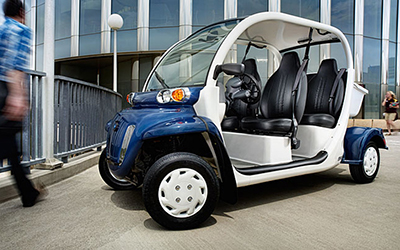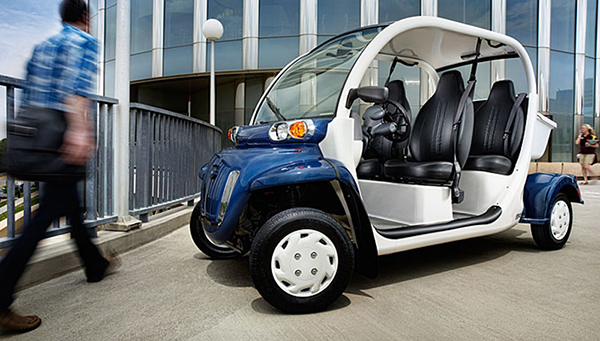Smarter agency models gagging for it


Village Car: Take the work to the people, not the people to the work, then zero-carbon vehicles available today could provide a useful part of smart transport infrastructure. image Gem Electric Motorcars
The New Zealand Transport Agency must be thoroughly bemused.
A community reacts in outrage to the prospect of being denied direct access to a proposed motorway, when it should be erupting in righteous indignation at the absurdity of continued motorway construction.
Not that it is likely that the transport agency is more than mildly aware that it is building yesterday’s infrastructure.
It must be seriously soul-destroying for transport agency staff who are aware of the urgent need for a very different style of infrastructure. And similarly for staff of the consultant companies who do the bidding of the agency.
The agency is a hugely powerful entity. So powerful, it can ignore requests for discussions from mere mayors and district council infrastructure directors. This makes it problematic for individuals with infrastructure expertise working in the industry to speak out—there is a palpable fear of offending the all-powerful agency.
As long as Aotearoa’s transport agency continues to build motorways, the people will come—will commute from increasing distances to the cities. Bizarrely, rural dwellers can spend less time in their vehicles to reach city jobs than can urban dwellers, queuing for the on ramps.
The Auckland region has been slow to embrace public transport, and has thus been impoverished in comparison with cities that cater for those who don’t drive in the city, or choose not to. But to play catch-up now is futile and immensely costly. What is required is a new paradigm shift: Move the work to the people, not the people to the work. This means fibre optic cable to the desk, but it doesn’t mean working from home.
Working from home is fine, in small doses. Most folk benefit from ‘going to work’. Pūhoi and Mahurangi West are perfect examples of where local offices could provide most the support needs and infrastructure for most of a job’s needs, including an industrious environment. This would save visits to company headquarters for specific events. And some companies would dispense with the need for centralised offices altogether.
A café, a conference room, and showers for sweaty cyclists. The local office would be within walking distance of many workers, and cycle or electric vehicle reach of the rest. This, of course, would only suit some. But probably, in time and a majority—the balance will enjoy a lessening of road congestion. The same model also works for the urban areas, only more so.
With the appropriate direction from government and community, the NZ Transport Agency must be made to move beyond motorways, and rapidly begin building smart infrastructure for the post-fossil-fuel era.
Produce an attractive infrastructure model and the agency will find that, rather than motorway access, the populace would be gagging for it.
